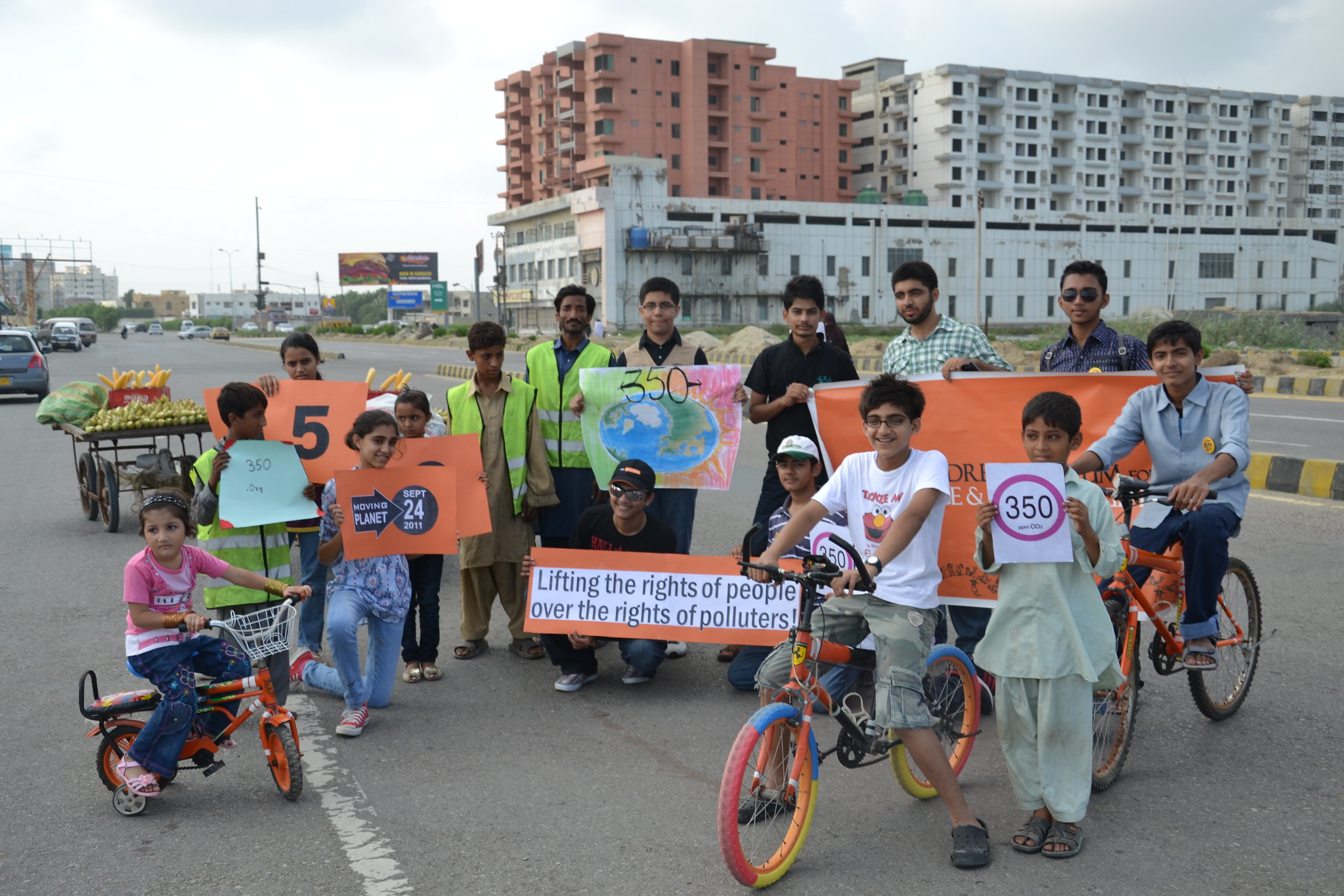Pakistan is the 5th most vulnerable country in the world to the effects of climate change, according to independent think-tank Germanwatch. As the temperature rises, all parts of Pakistan are seeing the affects taking place in real time. The glaciers of the Hindu Kush Mountains up north are expected to completely disappear by 2060. But even before that, a much more deadly impact is going to take place in its largest city, Karachi, which is expected to be completely submerged in some 30 years. This isn’t a very long time frame; in the course of history this is equivalent to a matter of minutes.
Why would the effects of climate change be so devastating in Karachi?
Karachi is the biggest city of Pakistan with a population larger than that of many countries. It is among the largest and densest cities of the world by population. Therefore, if a scenario were to occur in which Karachi is submerged, then it would displace millions and could possibly result in the creation of one of the most devastating climate crises of all time. And it wouldn’t stop there, there’s also going to be massive economic devastation not only for Pakistan but the region as a whole, because similar to Mumbai in India, Karachi is a major economic hub and the financial capital of Pakistan, and it is also used as a port by other nearby landlocked nations such as Afghanistan., As a consequence, the effects of the climate on Karachi can bring economic misery on an even larger scale.
The Issue of Water Scarcity:
Due to longer summers with temperatures rising annually, combined with unpredictable rain cycles, many areas of Pakistan face a water crisis that is continuously worsening. Pakistan is already a water stressed country, however, according to experts, it is in line to become a water scarce country as early as 2025. Residents in southern areas of Pakistan, such as in the desert province of Sindh, are already facing water shortages. The Thar Desert has been battling with consistent droughts that have resulted in the deaths of many throughout the years. Similarly, the city of Karachi is also on the frontline of the war with water scarcity. As a major urban and industrial center, Karachi consumes millions of gallons of water each day. Therefore, it’s often tough to meet demand. Residents of the city have found an alternative in bore drilling, however, as Karachi is a coastal city, most of the times the water is too mineralized for consumption. Moreover, environmental activists have often criticized this strategy, citing concerns about ground water depletion. Since ground water is not replenished as fast as it is used up in a city of millions, this leads to other systemic problems, such as withering of the natural flora and further desertification of the city and its surrounding areas.
Increasing Prevalence of Heatwaves:
In 2015, a deadly heatwave struck Pakistan, taking the lives of as many as 2000 people. The Prime Minister had to call in the National Disaster Management Authority to control the situation. Temperatures were going as high as 50 degrees in some parts of Pakistan, with Karachi witnessing its highest temperatures since 1979. Asif Shuja, the former Director General of Pakistan’s Environmental Protection Agency, linked the heatwave to climate change,
“There has been a rise in the Earth’s average temperature from 15.5°C to 16.2°C over the last 100 years due to which we are experiencing such extreme weather conditions both in summers and winters,”
“The last 30 years – from 1993-2012 – had been warmer than the last 1,400 years. Scientists envisage a rise of 1-6.67°C in temperature till 2100 which will be disastrous,”
Urban Forests, a Way to Cooler Megacities:
There has been a lot of discussion in Pakistan regarding the creation of urban forests as a potential solution to the effects of global warming and climate change in Karachi. The goal is to beautify the environment by giving the concrete jungles a softer look and to cool down the streets. It is noted that the temperature in these urban forests is significantly lower than the rest of the cities, almost 7 degrees according to some estimates. The Prime Minister of Pakistan, Imran Khan, has been a vocal supporter of planting such forests in urban areas. Moreover, this idea has also received support from prominent government officials such as the administrator of Karachi, Murtaza Wahab. But, whether or not this will become a long term solution or just delay the inevitable remains to be seen. Even if it turns out to be a solution to Karachi’s extreme summer woes, it still would not be able to counter the general effects of global warming and climate change that require a joint global effort.

